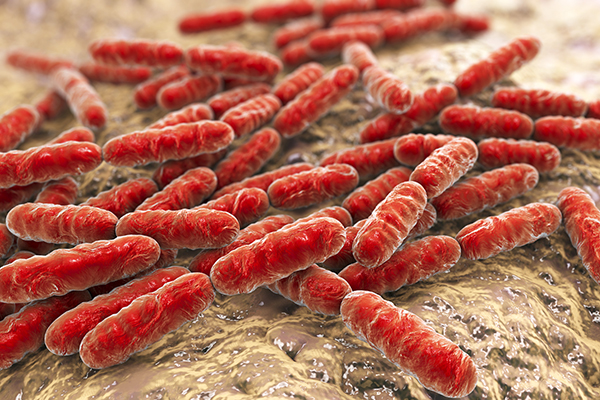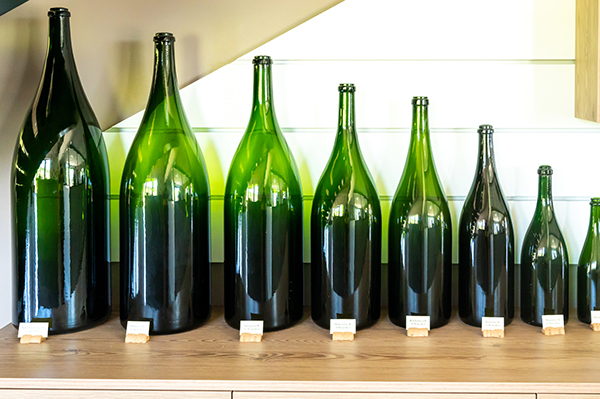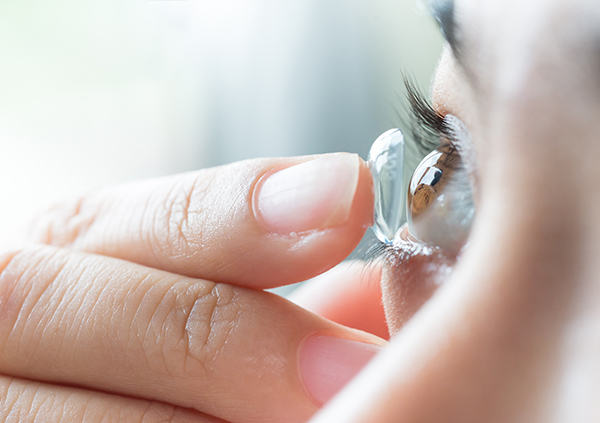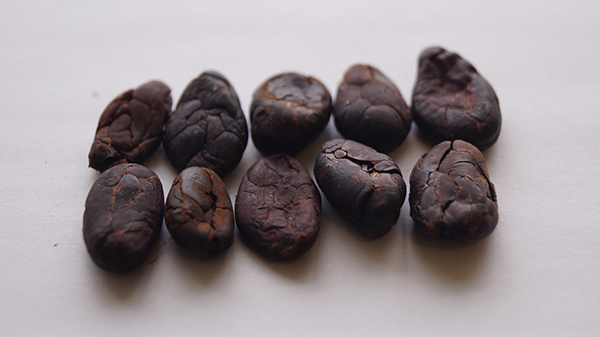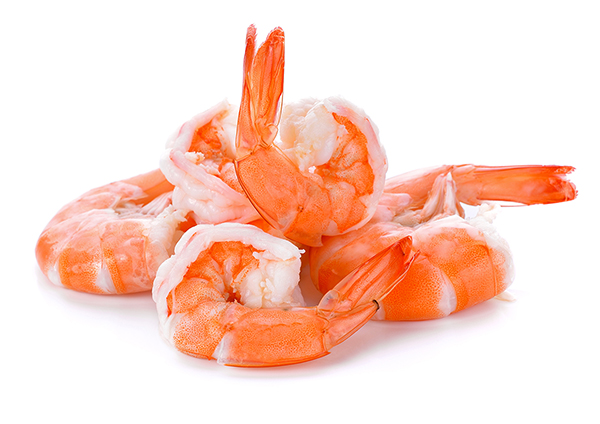FOR IMMEDIATE RELEASE
“Replication of the Taste of Sugar by Formulation of Noncaloric Sweeteners with Mineral Salt Taste Modulator Compositions”
Journal of Agricultural and Food Chemistry
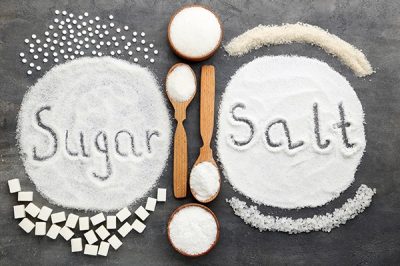
Perfect noncaloric replacements for sugar and high fructose corn syrup just don’t exist yet. For example, some alternatives have a lingering sweet aftertaste and lack a sugar-like mouthfeel, leaving consumers unsatisfied. Now, researchers in ACS’ Journal of Agricultural and Food Chemistry propose adding blends of nutritionally important mineral salts to make noncaloric sweeteners seem more like the real thing. Taste-testers indicated that these blends gave zero- and low-calorie drinks a better flavor.
Sugar substitutes are often used in sodas, baked goods and frozen desserts, to appeal to people who want lower-calorie or low-sugar treats. But many natural or synthetic noncaloric sweeteners, such as stevia and aspartame, have a delayed sweetness, which lasts long after a food or drink is consumed. These substances also don’t usually have the same mouthfeel as real sugar. Previously, Grant DuBois and colleagues observed that sodium chloride and potassium chloride could accelerate the onset of sweetness and eliminate its persistence for one stevia compound, rebaudioside A. They hypothesized that the salts compress the mucus hydrogel covering taste buds to allow rebaudioside A molecules to get through and then leave more quickly. But high concentrations were needed to achieve the desired effects, which led to off-tastes. So, the researchers wanted to test other mineral salts on commercially available noncaloric sweeteners to see if the products that they are used in could be improved.
In initial tests with a trained sensory panel, the researchers observed that calcium chloride, magnesium chloride and potassium chloride each separately reduced the perceived intensity of rebaudioside A after two minutes. However, again, high amounts of the mineral salt were needed to lower the intensity by more than 30%, which caused unpleasant saltiness or bitterness sensations. Next, mixing the three taste-modifying salts had synergistic effects, allowing the team to use lower amounts of each for the same effect. A blend of the potassium, magnesium and calcium salts reduced the lingering sweetness up to 79% and markedly increased the sugar-like mouthfeel of 10 noncaloric alternatives.
Some panelists still reported a slight saltiness in a few sugar substitute formulations with the all-chloride mineral salt blends. So, the team tested reduced-chloride versions in two commercial zero-calorie colas, resolving the faint salty off-taste issue and greatly improving the taste of the beverages. Additionally, they added salt blends to a reduced-calorie orange juice and a commercial citrus-flavored soft drink made with high fructose corn syrup, which made both beverages taste more like they contained sugar. The researchers say that they have a promising solution for replicating the taste of real sugar in low- and zero-calorie beverages.
The authors are employees of Almendra Americas, LLC and Almendra Thailand, Ltd.; and acknowledge funding from Almendra Thailand, Ltd.
The authors have a U.S. patent on this technology.
###
The American Chemical Society (ACS) is a nonprofit organization chartered by the U.S. Congress. ACS’ mission is to advance the broader chemistry enterprise and its practitioners for the benefit of Earth and all its people. The Society is a global leader in promoting excellence in science education and providing access to chemistry-related information and research through its multiple research solutions, peer-reviewed journals, scientific conferences, eBooks and weekly news periodical Chemical & Engineering News. ACS journals are among the most cited, most trusted and most read within the scientific literature; however, ACS itself does not conduct chemical research. As a leader in scientific information solutions, its CAS division partners with global innovators to accelerate breakthroughs by curating, connecting and analyzing the world’s scientific knowledge. ACS’ main offices are in Washington, D.C., and Columbus, Ohio.
To automatically receive press releases from the American Chemical Society, contact newsroom@acs.org.
Note: ACS does not conduct research, but publishes and publicizes peer-reviewed scientific studies.

